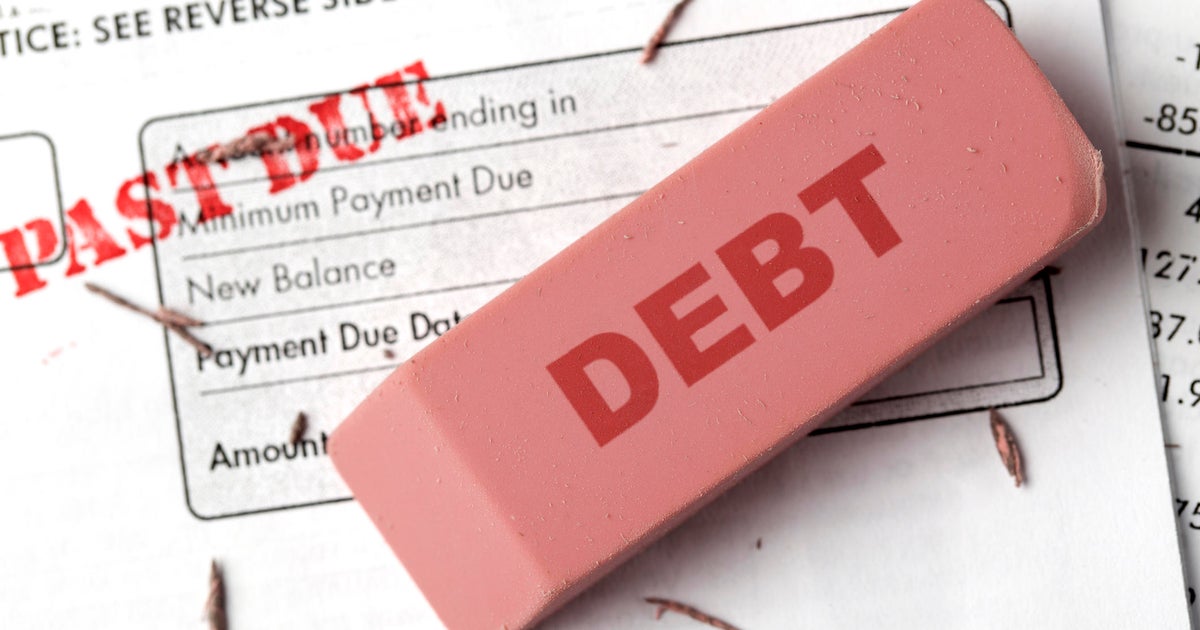How to keep your monthly car payment under control
Booming auto sales, up again in April, are being financed by ever-longer loans with higher monthly payments. Average new-car monthly payments have hit $463, according to the latest report from Experian -- the highest since the credit rating company has been keeping these records.
But if you’re car shopping, be cautious about taking on high payments in a long loan that could keep you strapped for years.
The high monthly payments result from steadily increasing vehicle transaction prices, fueled by strong sales of expensive pickups and large SUVs. In a report just out, Kelley Blue Book calculates the average transaction price in April as $33,865 -- the highest for any April (November and December 2015 were higher because SUVs and luxury cars were especially popular in those months).
With total prices so high, consumers are tempted to stretch out their loans to get lower monthly payments. The Experian report shows that 29 percent of car loans are now for terms of longer than six years, and 42 percent are between five and six years.
But financial experts warn that taking long loans could risk debt problems, or at least seemingly endless car payments. If you want to trade in that car within a few years, you may find that you’re “upside down” -- that your car is worth less than the loan payoff amount.
“Not only do buyers then not have a down payment for a new car, they may be adding the balance of their old loan, notes chief financial analyst Greg McBride of Bankrate.com. “It can be an endless cycle.”
To avoid pitfalls with too-high payments, follow these tips:
- Make as large a down payment as you can. A down payment reduces the principal and the payments of the loan without having to stretch it out too long. McBride counsels putting down 20 percent on a new car if you can -- or at least 10 percent.
- Don’t take a loan longer than five years. Keeping to this limit helps you control your total outlay for that car. The longer the loan, the more you pay in interest. That can add up even at current very low rates (3.36 percent average for a five-year new-car loan, according to Bankrate).
- Limit all automotive expenses to 15 percent of your income. Add up not only potential payments but maintenance, fuel and other costs. Remember with a new car, your insurance payments will likely rise. McBride says keeping to 15 percent of your gross income makes it likely you’ll stay within total debt guidelines if you need to apply for a mortgage or refinance one. To help in budgeting, look at the Bankrate auto loan calculator or Roadshow Auto Loan Calculator.
And once you’ve bought that new car, consider keeping it for at least as long as your loan. That’s one of the best budgeting steps you can take.





